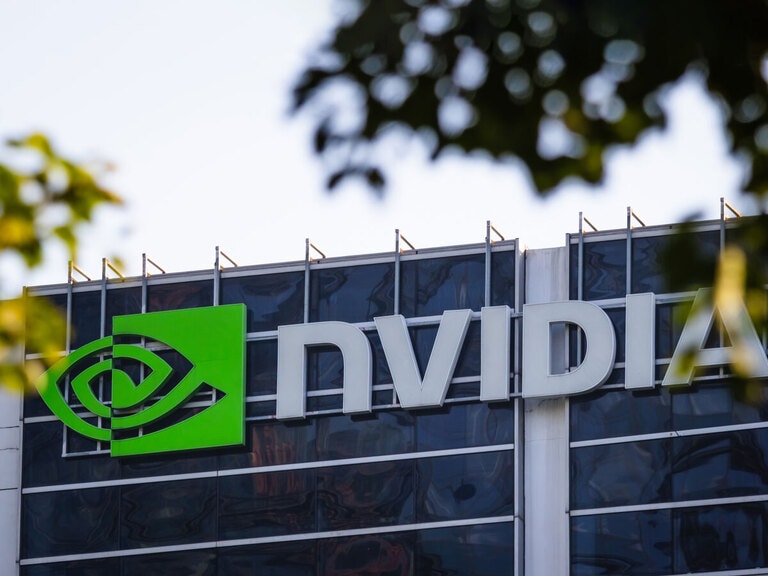The fintech company has been expanding its revenue streams but its latest acquisition has failed to boost the SoFi share price.
SoFi [SOFI] stock has had a rocky ride since it came to market in June 2021 by merging with Social Capital Hedosophia Holdings, a blank-check company run by venture capital investor and early Facebook employee Chamath Palihapitiya.
SoFi, short for Social Finance, previously traded under the ticker IPOE for Palihapitiya’s special purpose vehicle. Its share price has fallen 51% since the beginning of June 2021 to close at $9.87 on 9 March.
Founded in 2011 with a focus on student loan refinancing for millennials, the fintech company has vastly expanded its product offering to include personal loans, credit cards, mortgages, investment accounts, banking services and financial planning.
SoFi has been adding significant sources of new revenue, and with each new product has increased its total addressable market. The fintech firm’s goal is to become an all-in-one personal finance platform.
In April 2020 it purchased Galileo for $1.2bn in cash and stock, which expanded its payment and account services for debit cards and digital banking. SoFi obtained regulatory approval to become a national bank in January, a key milestone that should help the personal finance firm reach more customers and further diversify its revenue streams.
Technisys acquisition fails to lift the SoFi share price
SoFi announced on 3 March that it had completed its acquisition of digital multi-product core banking platform Technisys in an all-stock deal worth $1.1bn.
“Technisys is an essential building block in delivering on our member-centric, digital one-stop-shop experience for SoFi members and our partners through Galileo, our provider of fintech cloud services,” said Anthony Noto (pictured above), CEO of SoFi, in a statement.
The fintech firm expects the acquisition will add to SoFi’s revenue growth, and believes the combined companies can better serve Galileo’s 100 million customer accounts and Technisys’ more than 60 established bank, fintech and non-financial brands in Latin America and the US.
SoFi said in its statement that the estimated incremental revenue from the purchase, including base revenue of Technisys and revenue synergies of the vertically integrated capabilities, is expected to add a total of $500–800m through year-end 2025, at high incremental margins.
It also estimates the shift and the vertical integration with Galileo will create approximately $75–85m in total cost savings from 2023 to 2025 and $60–70m annually thereafter.
SoFi stock surges on Q4 numbers
The SoFi stock price soared 16% after hours following the release of its fourth-quarter results on 1 March. The digital financial services company posted a quarterly loss of $0.15 per share, which was narrower than the consensus estimate of a $0.17 loss, while revenue came in at $279.9m, slightly beating estimates of $279.3m.
“We hit new highs across our key financial and operating metrics in the fourth quarter, finishing 2021 with record annual results,” Noto said after the announcement.
The company finished 2021 with 3.5 million total members, up 87% from the start of the year and nearly 500,000 ahead of its stated goal. During the fourth quarter it added a record 523,000 new members, a new high in absolute terms, up 39% from the number of net adds in the third quarter.
When probed by analysts during its earnings call, the company said it would not give specific segment or product-level guidance for 2022. SoFi now expects to generate $280–285m of adjusted net revenue in the first quarter of 2022, up 30–32% year-over-year. It also forecasts that adjusted net revenue will grow 55% year-over-year in 2022 to $1.57bn.
87%
Jump in members in 2021, which SoFi closed with 3.5 million
Morgan Stanley is still bullish on the SoFi share price
In January, analysts at Morgan Stanley said that SoFi’s green light from the regulator to launch a nationally chartered bank was a move that would drive massive upside for the stock.
At the time the investment bank said it saw a base case price target of $20 for SoFi stock, reflecting a potential uplift of 102.6%. It mentioned that the regulatory approval gives the company three paths to profitability.
The first involves offering more competitive deposit products and nationwide lending, while the second route would entail attracting new customers and widening the funnel for future cross-buying. SoFi’s third option would be to expand net interest income as loans will be held longer.
Following the fintech firm’s fourth-quarter results, Morgan Stanley maintained its ‘overweight’ rating on SoFi stock but reduced its price target from $20 to $18, representing a potential upside of 82.3% from the current level.
Continue reading for FREE
- Includes free newsletter updates, unsubscribe anytime. Privacy policy





